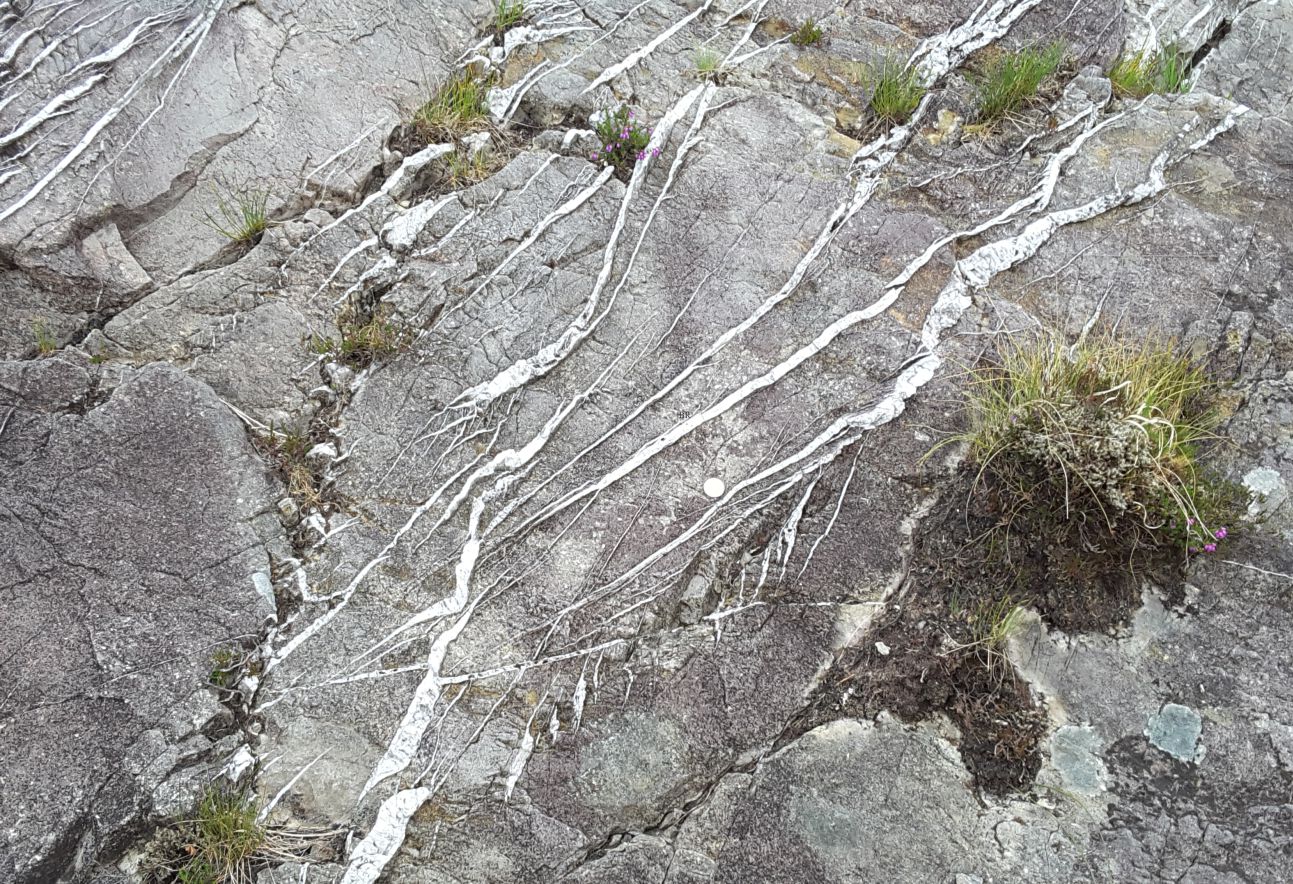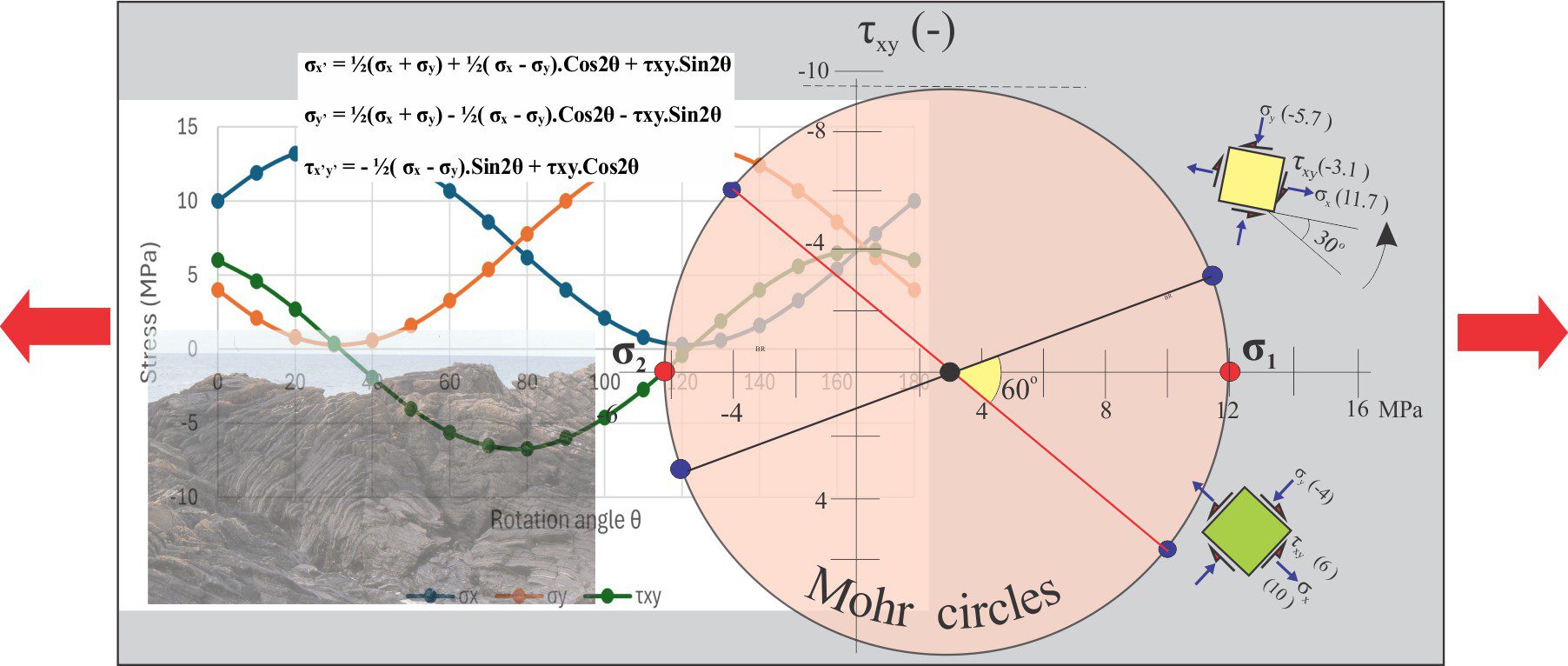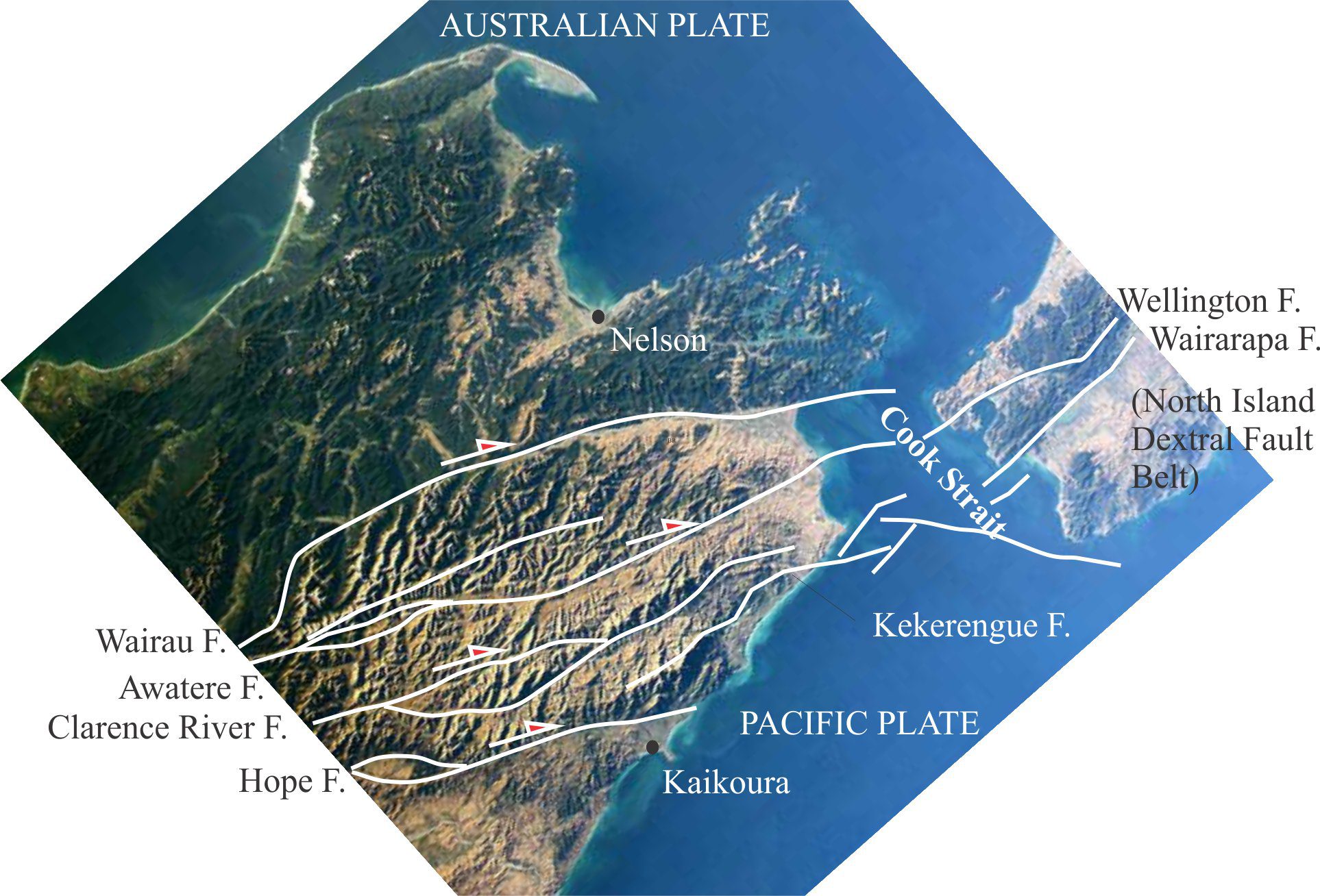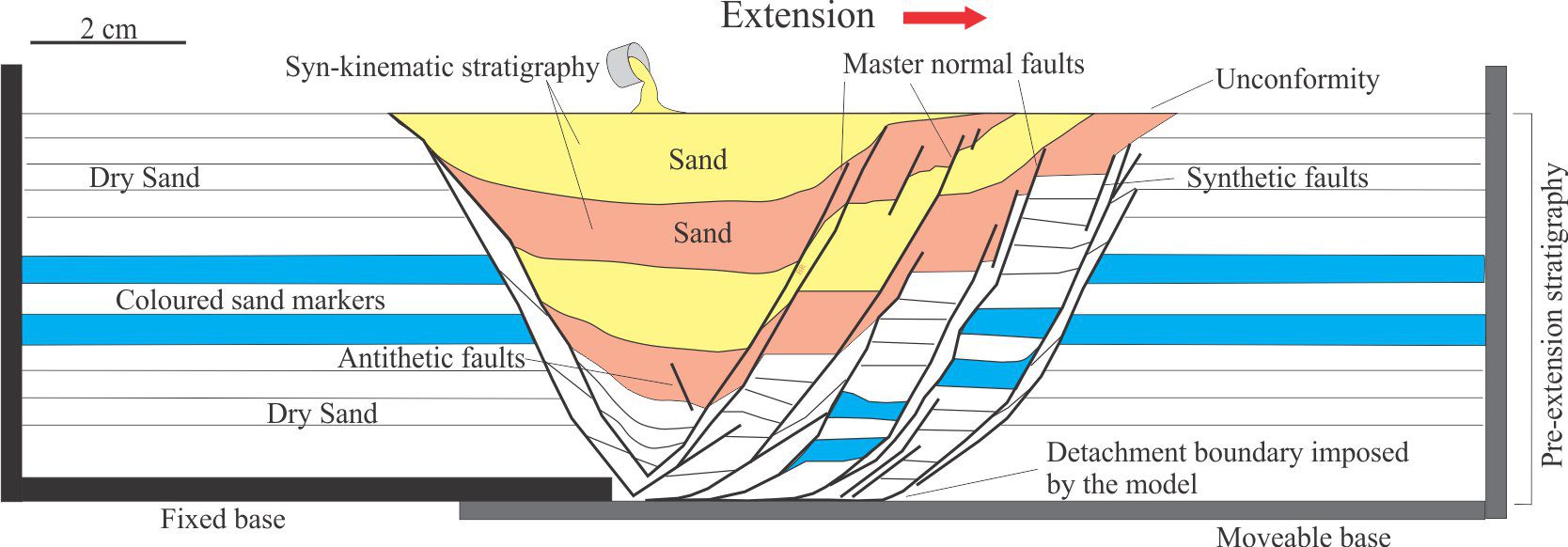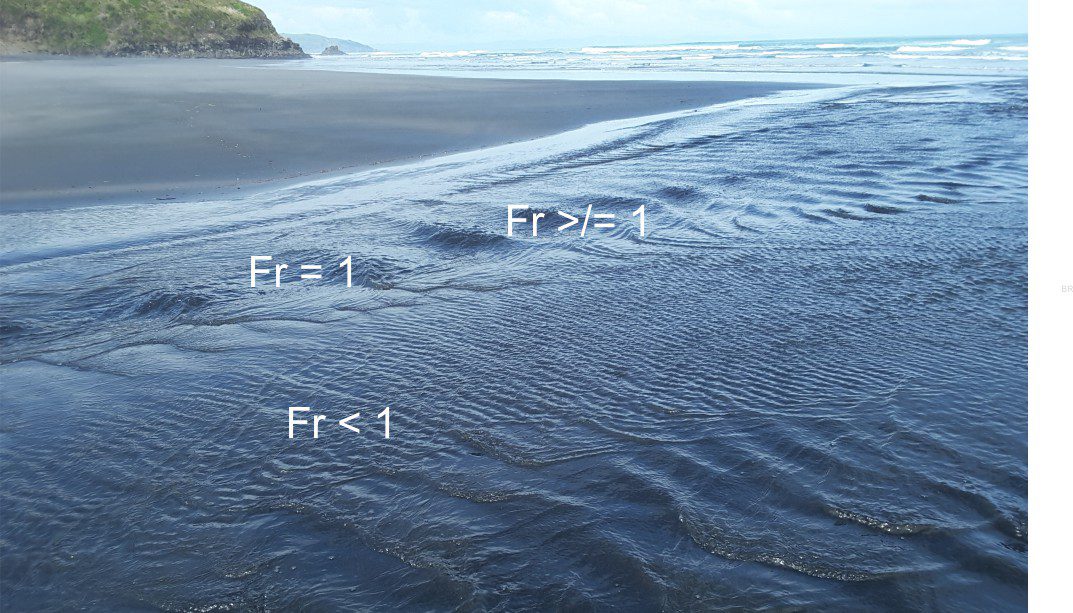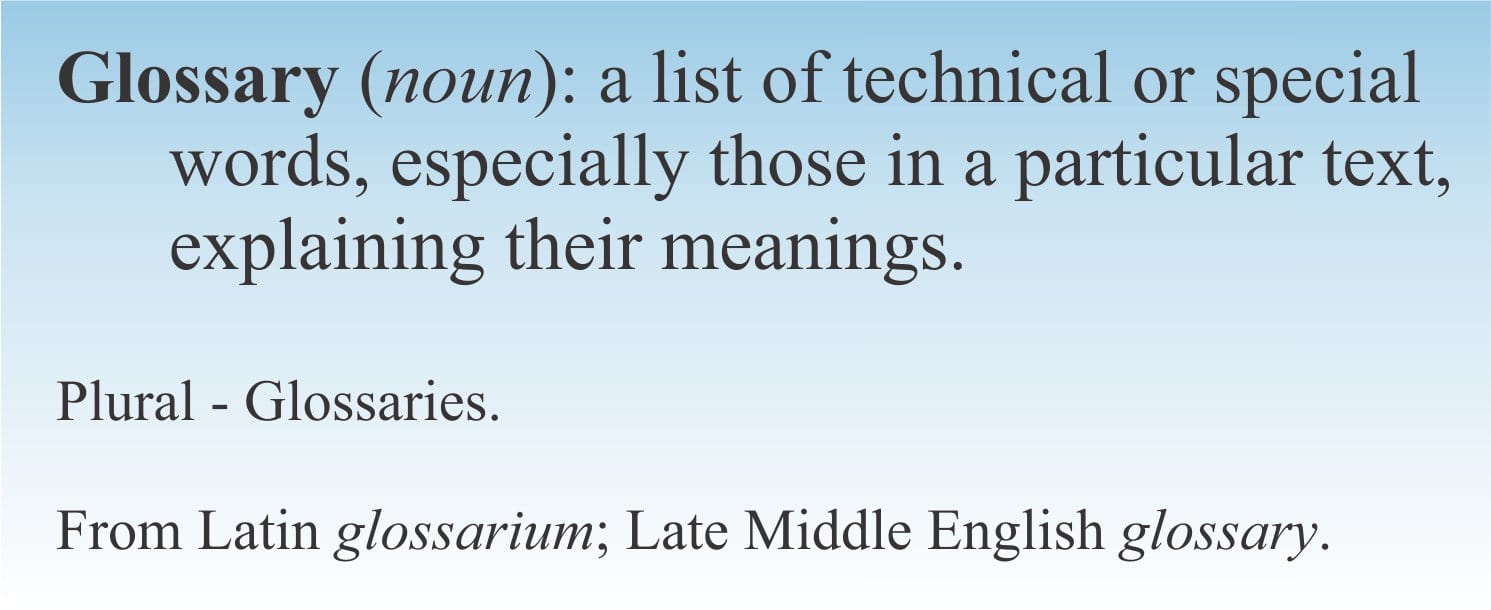 Please note – I no longer maintain Glossaries by alphabet; A, B, C… etc. All items on these pages have been moved to subject-specific glossaries such as Volcanology, Sedimentary facies and processes, and so on. The list of subject-based glossaries can be viewed in the drop-down menu on the navigation bar. These glossaries are continually updated.
Please note – I no longer maintain Glossaries by alphabet; A, B, C… etc. All items on these pages have been moved to subject-specific glossaries such as Volcanology, Sedimentary facies and processes, and so on. The list of subject-based glossaries can be viewed in the drop-down menu on the navigation bar. These glossaries are continually updated.
Nappe: see Thrust nappe
Near Earth objects: Bits of space rock, asteroids and comets having orbits that approach Earth to within 1.3AU units. One AU – astronomical unit, is the average distance of earth from the sun, or about 150 million km (one Lunar Distance, or LD, is 384,000 km). The risk (probability) of impact is assessed by defining as precisely as possible the orbits of these objects.
Neomorphism: Defined by R. Folk in 1965 as the transformation between one mineral and itself or a polymorph. In other words, neomorphism is a product of recrystallisation where the bulk composition does not change, only the size and/or shape of crystals. It is common in carbonate lithologies and involves recrystallisation of both framework clasts and cements. As such it tends to cross-cut pre-existing textures and fabrics; relict textures may be preserved. Aggrading neomorphism is common in micrites where crystals increase in size in a more-or-less radial fashion.
Neptunism: The theory that all rocks had precipitated at different times from a universal ocean. One of its chief proponents in the 18th century was Abraham Werner.
Newtonian fluid: A rheological class wherein a fluid has no yield strength (cf. plastics), and deforms continuously (strain) with increasing stress, independent of viscosity. Water is the best known example.
Nicolaus Steno: (1638-1686), is credited with establishing three axioms, or principles that are fundamental to geology and stratigraphy (published 1669):
- The law of superposition is an axiom that is fundamental to geology, archaeology, and other fields dealing with geological stratigraphy. In plain language, it states that in undeformed stratigraphic sequences, the oldest beds will be at the bottom of the sequence.
- The Principle of Original Horizontality states that layers of sediment are originally deposited horizontally under the action of gravity.
- The principle of lateral continuity states that layers of sediment initially extend laterally in all directions; in other words, they are laterally continuous. This concept is central to geological mapping and correlation of beds or successions of beds.
Nitrogen cycle: The natural transfer of nitrogen and nitrogen compounds from air to soils, vegetation, water and back to the atmosphere. The natural cycle is complicated by human interventions via fertilizers (nitrates) and industrial nitrogen oxides that saturate soils and leach into shallow groundwater and surface waters. Most of the natural nitrogen fixing is done by microbes.
Nitrogen fixing: This is an important process for plant uptake of nitrogen. Plants do not get their fill of nitrogen from the air, but from soil and plant microbes (fungii, bacteria) that convert molecular nitrogen in air (N2) to water soluble compounds, principally nitrates (NO3– ). Plants utilize this soluble form, taking it up via their roots.
Nonconformity: A stratigraphic surface separating underlying, eroded igneous or metamorphic rocks, from younger sedimentary or volcanic strata. Cf. angular unconformity, disconformity.
Normal fault: Steep faults (>45o where the foot wall (the wall under your feet) moves up relative to the hanging wall. It is the opposite of a reverse fault.
Normal faults/Tension gashes: Associated with strike-slip faults, normal faults are expected at releasing bends and stepovers. On the strain ellipse, fault plane strike is normal to the axes of en echelon folds and parallel to the compressional axis.
Normal regression: Normal regression occurs during the final stage of sea level rise and the beginning of sea level fall (repeated at the other end of the sea level curve), if sedimentation rates equal or exceed the rate of change of accommodation. The resulting stratigraphic trends are progradation commonly with some aggradation. Cf. Forced regression.
Obduction: The opposite of subduction, where oceanic lithosphere, or delaminated oceanic crust overrides continental lithosphere at a convergent plate margin.
Oblique slip: Fault displacement that is a combination of dip-slip and strike-slip. Where strike-slip components dominate, the stress will be either transpressional or transtensional.
Oblique subduction: Where the trajectory of the subducting plate is not orthogonal to the trench or upper plate boundary.
Obliquity: One of the Milankovitch astronomical orbitals. The earth’s axis is presently tilted at 23.5o to the ecliptic (the plane of Earth’s orbit around the Sun). However, the plane of Earth’s orbit around the sun is also precessing (wobbling) with a period of 71,000 years. The combined effects of axial precession and ecliptic precession cause earth’s tilt to move between 21.5o and 24.5o, a shift that takes 41,000 years. Changes in obliquity impact the severity of seasons. Cf. Precession, Eccentricity.
Oceanic trench: A narrow, relatively steep-sided depression in the ocean floor, the axis of which is at or close to the juncture where oceanic lithosphere bends into a subduction zone. One side of the trench is floored by oceanic crust; the other side by rocks of the overlying plate. Mariana Trench (near Guam) contains the deepest point on Earth’s surface at 10,916 m (35,814 feet) and is associated with subduction beneath Mariana volcanic arc. Trenches are seismically active.
Offlap: Stratigraphic terminations that downstep basinward during forced regression. The surface may become a subaerial unconformity or its marine equivalent – a surface of maximum regression. See also onlap, downlap, toplap.
Oil generation window: The temperature range 80° – 120°C where hydrocarbon maturation to liquid oil from sedimentary organic carbon, is most rapid and most productive. At an average geothermal gradient of 30°C/km, the top of the window occurs at depths of about 3 km. Organic matter subjected to temperatures >120°C is prone to gas formation.
Oil migration: Hydrocarbon production in deeply buried sediments, begins in organic-rich sediment, such as oil shale. Once formed (by a series of complex chemical reactions), the oil (and gas) migrate from the shale or mudstone to more porous and permeable rocks such as sandstones and limestones. Migration is driven buoyancy forces and the flow of deep subsurface groundwater. Migration will continue until the oil is trapped (resulting in an oil field). Oil and gas that isn’t trapped will eventually find its way to the surface or sea floor and escape.
Oil seep: Oil, sometimes accompanied by gases like methane, that leak to the surface via fractures or faults, driven of buoyancy forces, or as a part of spring flow. The hydrocarbons may be sourced from oil-prone porous rock, or from actual subsurface oil pools.
Omission surface: Depositional surfaces swept bare by erosion or starved of sediment. Omission surfaces are important components of condensed stratigraphic sections. They are commonly modified by encrusting and boring organisms.
Oncolites: Oncoids are rounded, spherical to oblate, concentrically laminar growths of algae around a nucleus (shells, mud intraclasts, broken lumps of algal crust). They grow at the sediment surface in supratidal (including sabkhas), intertidal and shallow subtidal environments that are agitated by currents and waves, and perhaps frequented by storm surges. Oncoid laminae grow asymmetrically while the oncoid is at rest, and discordantly when growth has been interrupted by clast jostling and rolling.
Onlap: Clinoforms and other stratal packages formed during transgression that terminate in a progressively landward position across the top of a surface. Each termination approximates a shoreline. Onlap units must have a dip shallower than the surface at which they terminate. See also downlap, toplap, offlap.
Ooids: Ooids are spherical to subspherical grains, typically 0.5mm diameter, characterized by concentrically layered, micron-sized calcite or aragonite crystals. They are common constituents of carbonate platforms and ramps where they form extensive bars and sandwaves. There is usually a nucleus of skeletal debris or pelloids. In saline lakes the ooids may consist of radial aragonite. Ancient ooids also show radial crystal fabrics. They precipitate from seawater, but there is mounting evidence that this is mediated by microbes. They are also known from Precambrian iron formations.
Oolite: A limestone made up predominantly of ooids. It is a rock name. There will usually be evidence for bedload transport of ooids, such as crossbeds and scours, or preserved ripple forms.
Orogen: A very general term for regional deformation, usually along a convergent plate boundary, and associated with episodes of mountain building. Deformation styles include ductile and brittle behaviour, metamorphism, magmatic intrusion and arc volcanism, formation of accretionary prisms or fold-thrust belts, and associated sedimentary basins. Collisional orogens contain broad hinterland and foreland components, separated by a suture zone.
Orographic precipitation: Warm, humid air masses that are forced up mountain fronts will cool at higher elevations, promoting rain or snow fall. Also called orographic uplift.
Orthoquartzite: Synonymous with quartz arenite – a sandstone with 95% and more quartz grains.
Out of sequence thrusts: Basically, thrusts that don’t conform to the normal in-sequence style. They commonly form in and cut across or reactivate older thrusts. They may place younger strata over older.
Overbank deposits: This applies to channels that, during flood stage, spill water and sediment over the adjacent bank or floodplain in the case of fluvial and delta distributary channels, or the submarine fan lobe adjacent to submarine channels. They tend to be fine-grained. In terrestrial environments the overbank deposits may bury floodplain vegetation and soils.
Outboard basin: Basins on the trailing edge of a terrane. Cf. inboard basins. The effects of terrane accretion will vary depending on the size of the basin and its distance from the deformation front. However, these basins will be subject to deformation associated with any new incoming terrane.
Overlap assemblage (terranes): An assemblage of sediment and/or volcanic rocks that postdates the docking of two allochthonous terranes and provides an upper age limit for the terrane accretion event.
Oxidation: The process where an atom provides electrons to another atom of a different element; and oxidized element has lost electrons. Oxidation always occurs with reduction (REDOX reactions). An oxidized element (atom) is capable of gaining electrons, in which case it becomes reduced; the initial oxidized element is referred to as a reducing agent. Thus Fe2+ is more reduced than Fe3+ ; in the mineral pyrite FeS2 iron is in the 2+ state and sulphur -1 state.
Ozone: When oxygen molecules (O2) in the stratosphere are bombarded with high energy ultraviolet light (UV) the molecule splits into two oxygen atoms. Each of these atoms in turn reacts with O2 to produce ozone, or O3. Ozone is responsible for absorbing some of the harmful UV radiation that would otherwise reach the surface of the Earth.


